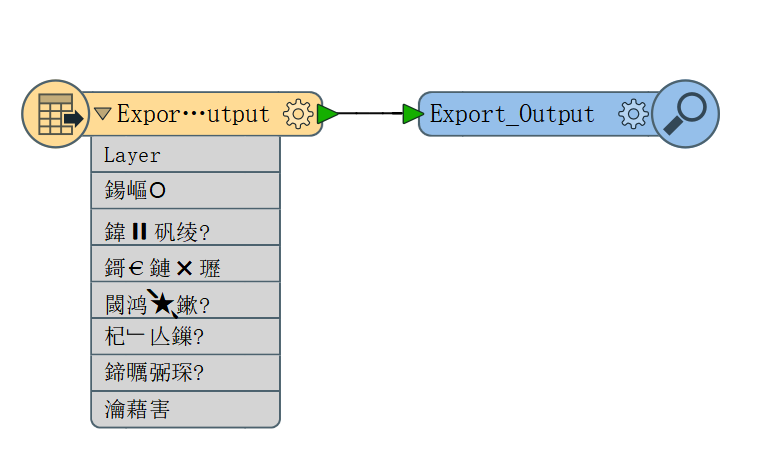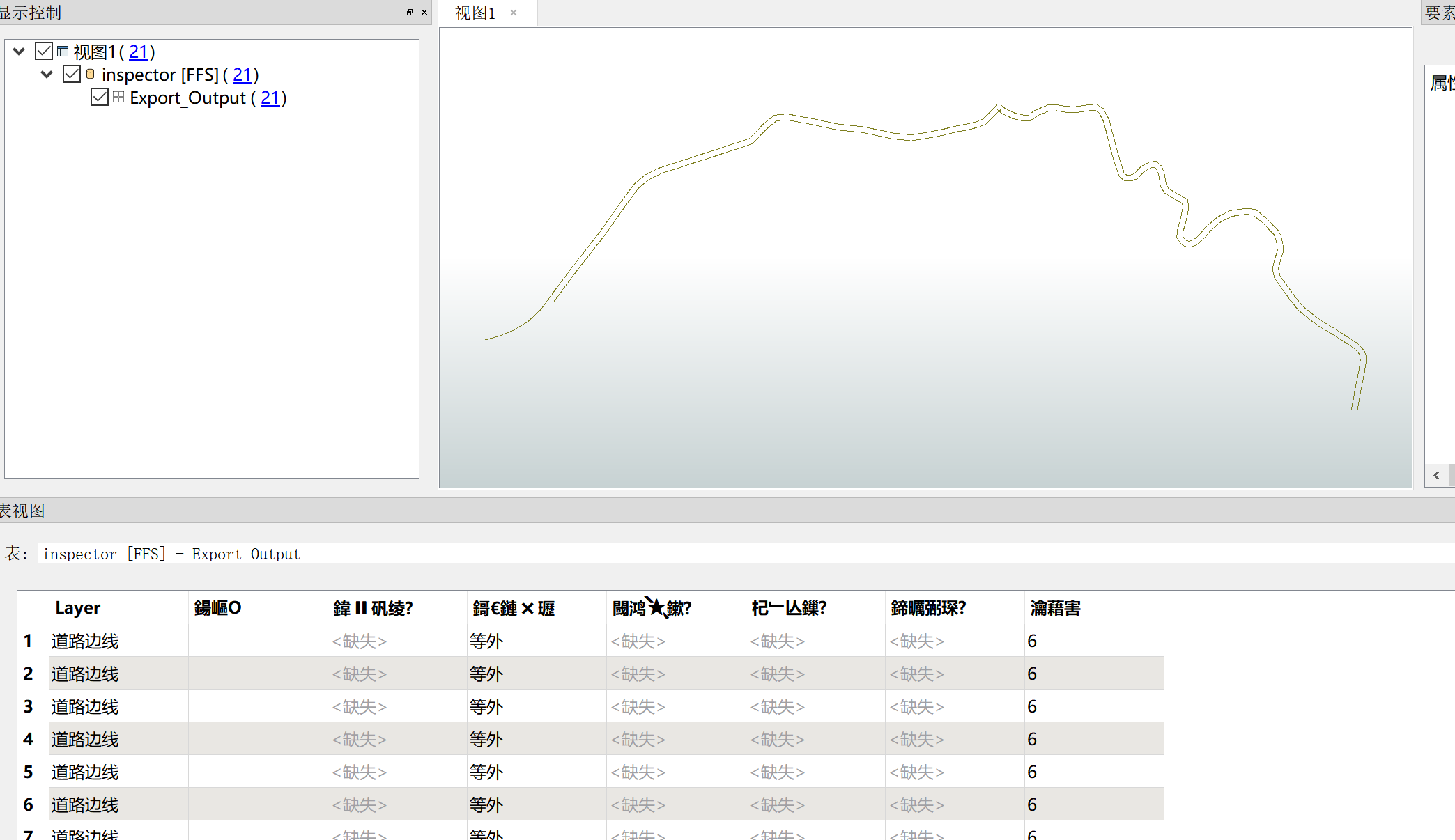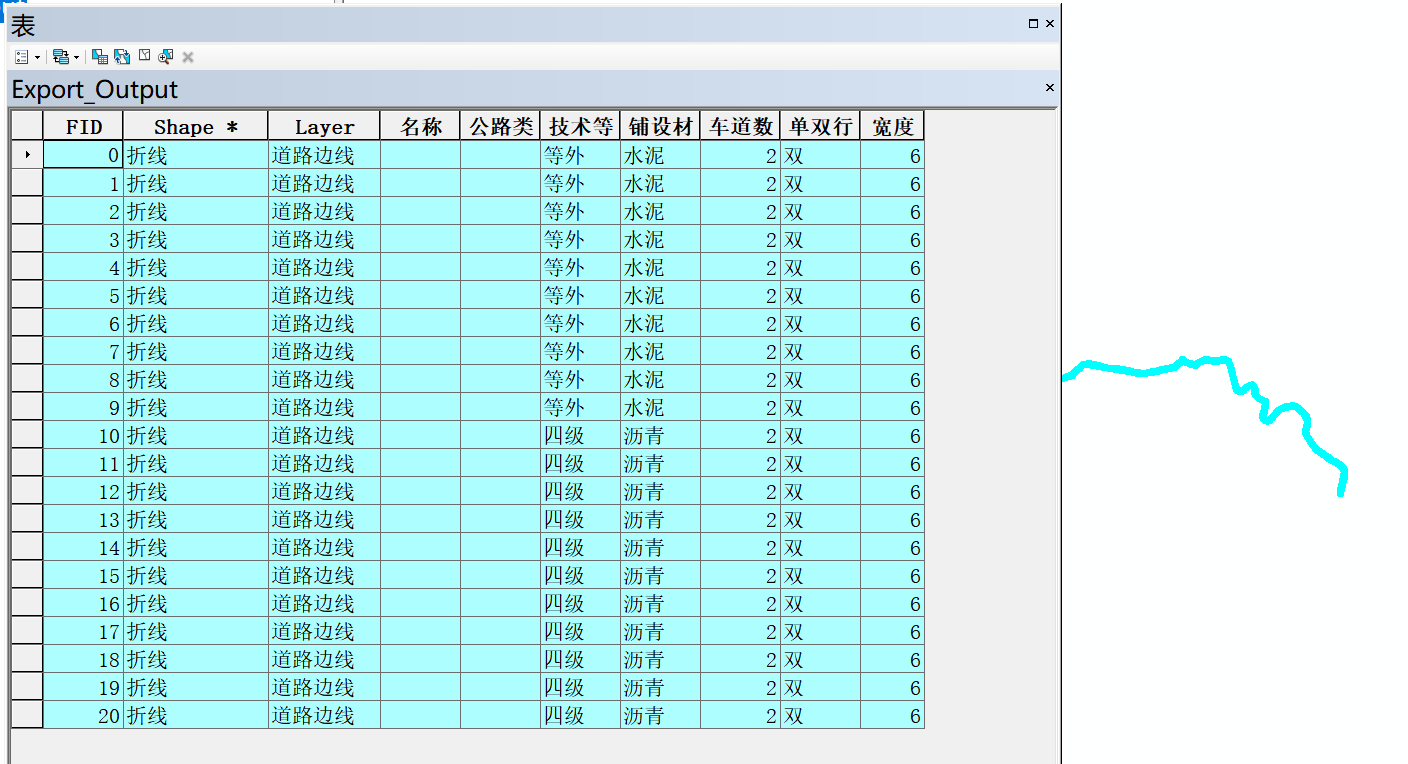There is messy code when I open a shapefile created by arcgisdesktop, but it shows well in arcgisdesktop. I don't know why.
I hope someone can help me to solves this problem , thanks a lot.
Here is the testfile.



Enter your E-mail address. We'll send you an e-mail with instructions to reset your password.